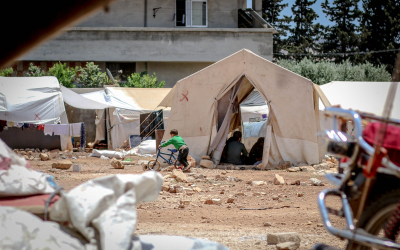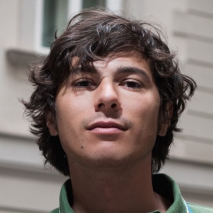


The world is currently witnessing the highest numbers of forcibly displaced people on record. 70.8 million were forcibly displaced worldwide by the end of 2018, according to the United Nations High Commissioner for Refugees (UNHCR).
These displacements were a result of persecution, conflict, violence, human rights violations and climate change. Countries such as Iraq and Syria, which once had well established science institutes and systems, have seen their science infrastructure largely dismantled by conflict and violence. Two-thirds of the displaced migrants come from just five countries, including countries with some of the world’s least funded science institutes and systems.
In the light of this challenge, a project on refugee and displaced scientists was established by the International Science Council (ISC) in partnership with The World Academy of Sciences (TWAS) and The InterAcademy Partnership (IAP), under the umbrella of Science International, and launched earlier this year. The project aims to develop a cohesive and coordinated response that will assist scientists who have been rendered refugees, or are otherwise displaced by crises in their home countries. The project has now moved into a new phase with a workshop that was held in October.
Currently, the project is working towards forming a network and building an advocacy campaign to bring together scientists, policy-makers and organizations to address the needs of refugee and displaced scientists.
The involvement of refugees and displaced scientists is central to the project’s success, according to Erin Buisse, the project’s lead consultant. Buisse described how the project has progressed through 2020 and the next steps for 2021: “Over the past several months, I have worked to gather information, ideas and perspectives on what exactly stakeholders want to achieve, what is currently being done, and how to work together to meet such goals.”
Buisse first conducted a desk review, which involved identifying the needs and challenges of refugee and displaced scientists, understanding the international legal framework, categories, and noting examples of programmes and advocacy that support refugee and displaced scientists. With this data she drafted plans for a network structure and mapping survey. Then in October, the first workshop was held with experts from Science International organizations to get their perspective and involvement to build momentum based on these initial documents and to plan a way forward.
Refugees and displaced scientists were invited to participate in the first workshop and a working group has also been created to help better understand methods of engaging them in the project.
Through the workshops, the different experts and organizations have outlined a draft of the strategic framework that highlights the thematic focus areas of the network as:
The framework proposes the main objectives of the project:
● To raise global awareness and advocate for improved measures to protect and support displaced and refugee scientists.
● To strengthen capacity and coordination.
According to Buisse, the next steps involve preparatory work leading up to March 2021, when the network is scheduled to launch. The work will be done in groups focusing on separate topics. This includes finalizing the current strategy, launching a dedicated website, launching the mapping survey, putting an advocacy plan together and drafting a declaration.
A podcast based around refugee and displaced scientists is also under production, featuring interviews and conversations that look at the overarching theme of the preservation of science. It will be a platform to hear individual stories of the scientists, focusing on their migrations and attempts to continue their scientific works.
To find out more or get involved in future activities, please direct all enquiries to displacedscientists@twas.org.
Do not miss news and updates on the activities, opportunities and events of The InterAcademy Partnership (IAP), its regional networks, member academies and other partner organisations: subscribe to our quarterly newsletter, and follow us on Twitter, LinkedIn, and Youtube.
